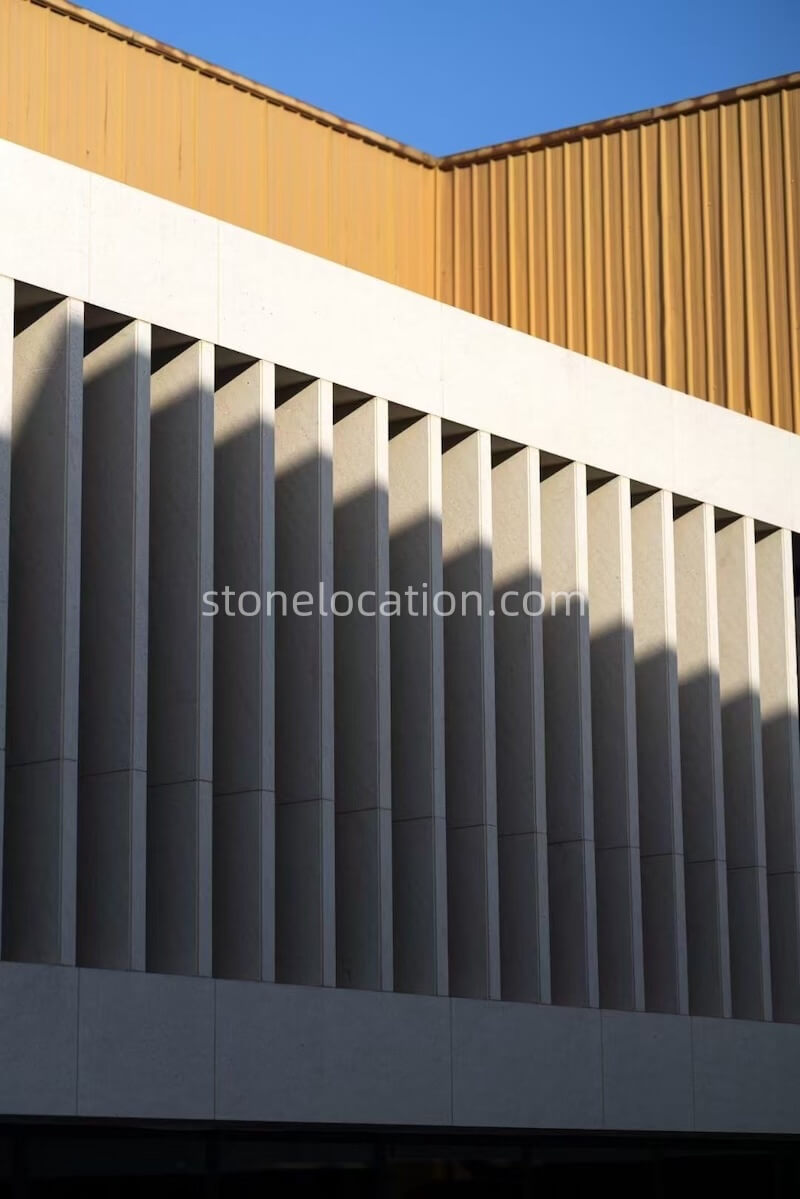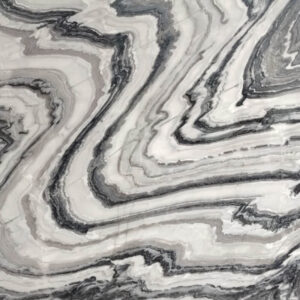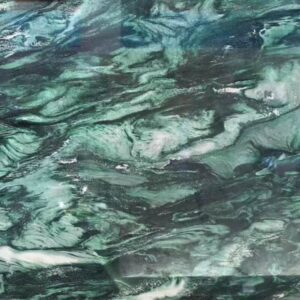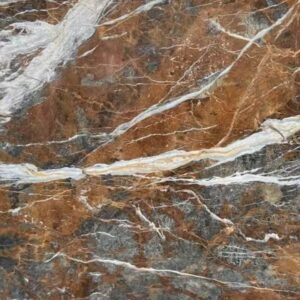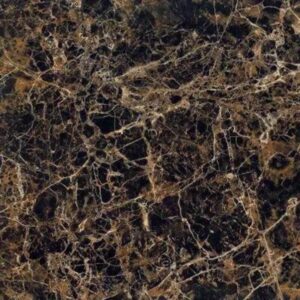Natural stones such as marble, granite, quartzite, and onyx have been used in construction and design for centuries, prized for their timeless beauty, durability, and versatility. These materials not only serve as structural components but also enhance the aesthetic appeal of various spaces. In this article, we explore the unique properties of these stones, their market distribution, popular applications, and how they fit into the modern design landscape.
1. Marble: Timeless Elegance and Versatility
Material Properties of Marble
Marble is a metamorphic rock formed from the recrystallization of limestone. It is composed primarily of calcite, dolomite, or aragonite. The stone’s high calcium content gives it its characteristic luster and polish. Marble comes in a wide variety of colors, from classic whites and creams to vibrant hues of red, green, black, and blue. Its hallmark feature is its distinctive veining pattern, which can range from delicate lines to bold, dramatic swirls.
Marble’s soft nature (relative to granite) makes it easy to cut, shape, and polish, but it also means it requires more care to maintain its appearance over time. Marble can be susceptible to scratches, stains, and acid etching due to its porous nature.
Global Market Distribution
Marble is quarried in many countries, including Italy, Greece, Turkey, India, and China. Italian marbles such as Carrara and Calacatta are some of the most sought-after varieties globally, known for their luxurious and timeless appeal. Greece is known for Thassos marble, while Turkey produces highly regarded varieties like Burdur and Afyon.
India has emerged as a significant player in the marble industry, exporting large volumes of marble to various countries. Other countries, such as Spain, Portugal, and Brazil, are also prominent producers and exporters of marble.
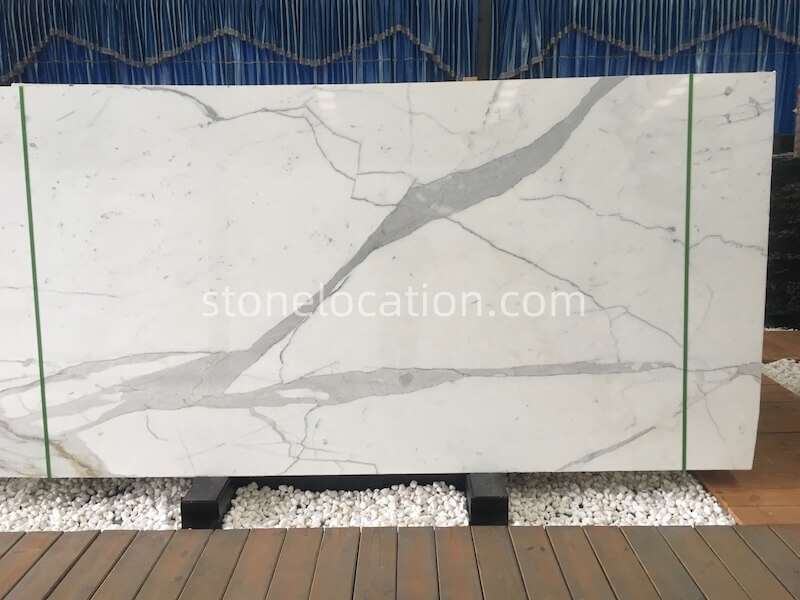
Popular Applications
Marble is primarily used in luxury interior applications, including:
- Countertops: Marble’s polished finish makes it ideal for kitchen and bathroom countertops.
- Flooring: Marble flooring provides an elegant and sophisticated aesthetic for both residential and commercial spaces.
- Wall Cladding: Used to create a stunning visual impact in lobbies, hotels, and high-end residences.
- Sculpture and Monuments: Due to its ease of carving, marble has been the material of choice for sculptures and monuments throughout history, with Michelangelo’s David being one of the most famous examples.
Industry Trends
Marble continues to dominate the luxury design market, celebrated for its timeless beauty and natural elegance. While engineered marble has gained popularity as a more affordable and low-maintenance option, it still falls short of replicating the unparalleled quality and unique characteristics of natural marble. For discerning clients and high-end projects, natural marble remains the preferred choice, offering unmatched authenticity and prestige. As sustainability and innovation reshape the industry, both natural and engineered marble are expected to find their place, catering to diverse needs and preferences.
2. Granite: Durability and Strength
Material Properties of Granite
Granite is an igneous rock formed from the slow crystallization of magma beneath the Earth’s surface. It is primarily composed of quartz, feldspar, and mica. Granite is known for its hardness, making it one of the most durable natural stones available. It is highly resistant to scratches, heat, and stains, which makes it ideal for high-traffic areas.
Granite is typically available in a variety of colors, including shades of gray, black, white, beige, brown, and even red and green. It’s known for its speckled texture and consistent color patterns, which vary from slab to slab.
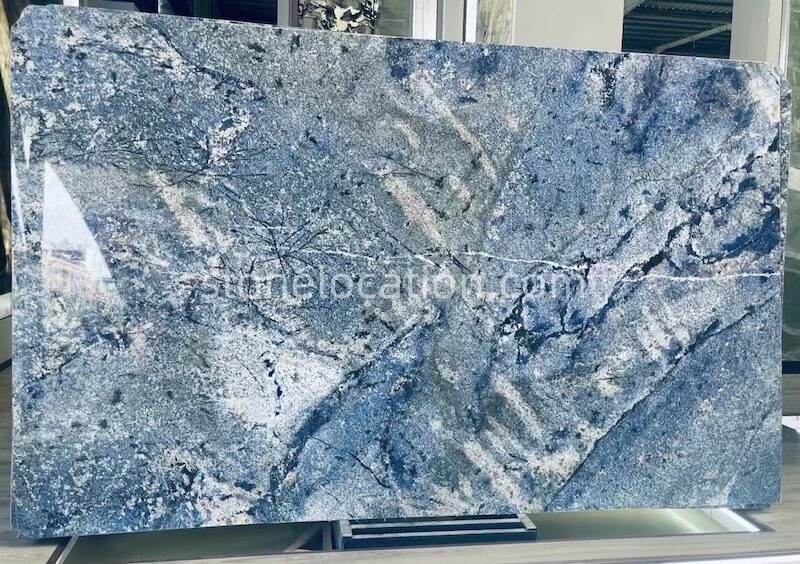
Global Market Distribution
Granite is extracted globally, with major producers located in Brazil, India, China, and Africa. Brazilian granite, particularly varieties like Santa Cecília and Juparana, is highly regarded for its durability and aesthetic appeal. Indian granite is one of the most widely exported, with varieties such as Black Galaxy, Tan Brown, and Maple Red being popular globally.
China is another significant supplier of granite, especially for bulk exports to the U.S. and Europe. African countries like South Africa and Namibia also supply high-quality granite, particularly suited for high-end residential and commercial projects.
Popular Applications
Granite’s durability and range of colors make it an excellent material for:
- Kitchen Countertops: Its resistance to heat and scratching makes it ideal for kitchen surfaces.
- Flooring: Granite’s strength allows it to be used in commercial spaces with high foot traffic, such as malls and hotels.
- Outdoor Landscaping: Due to its durability, granite is often used in exterior applications like paving stones, garden walls, and outdoor countertops.
- Monuments and Statues: Like marble, granite is often used in memorials and monuments, particularly where durability is key.
Industry Trends
Granite remains one of the most popular materials for countertops and exterior surfaces due to its strength and wide variety of colors. While there has been some competition from engineered stones, granite continues to be highly favored for its natural aesthetic and lasting durability.
3. Quartzite: The Strong Contender
Material Properties of Quartzite
Quartzite is a hard, metamorphic rock formed from the compression of sandstone. It primarily consists of quartz, which gives it its durability and distinctive sparkle when polished. Quartzite is often confused with marble due to its similar appearance but is much harder and more durable. The stone’s composition makes it highly resistant to scratching and etching, making it a popular choice for high-use areas.
Quartzite comes in a variety of colors, including white, gray, green, blue, and gold. It often features striking veins and patterns, which make it a desirable option for luxury applications.
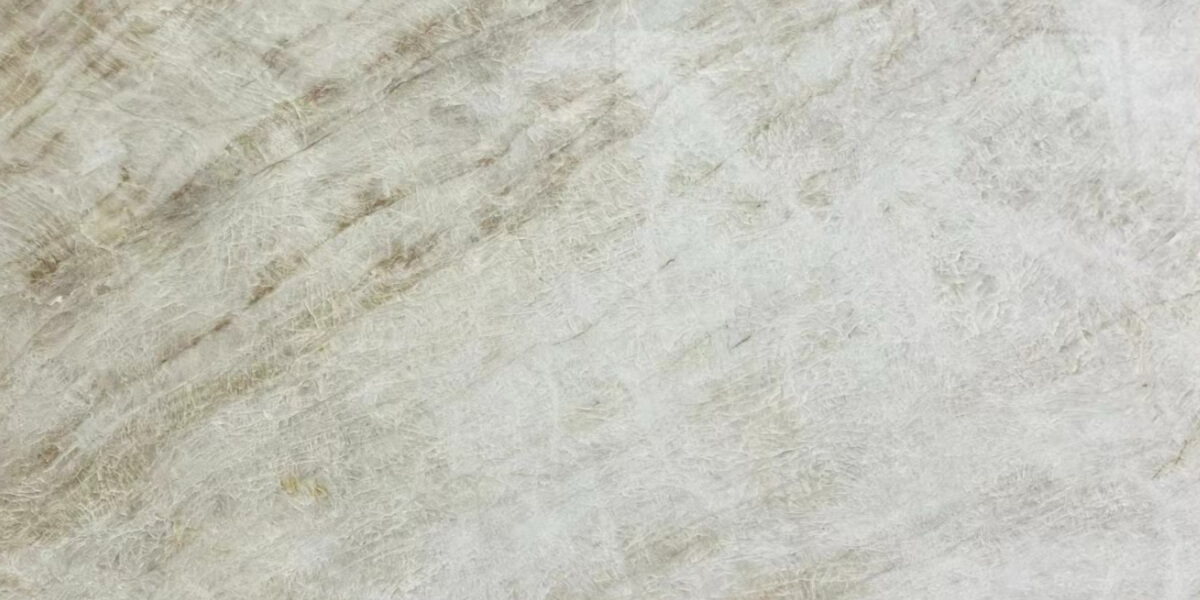
Global Market Distribution
Quartzite is mainly produced in countries such as Brazil, India, and the U.S. Brazil produces high-quality quartzite varieties like White Macaubas and Fusion, while India is known for its green and gold-colored varieties. The U.S. also produces quartzite, especially in the states of Colorado, Virginia, and Minnesota.
Popular Applications
Quartzite is often used in applications that require both beauty and strength:
- Countertops: Quartzite’s resilience makes it ideal for kitchen countertops, especially in high-traffic areas.
- Flooring: Quartzite is a durable choice for both residential and commercial flooring applications.
- Wall Cladding: The striking patterns in quartzite make it an excellent choice for creating feature walls in interior spaces.
- Exterior Paving: Quartzite is also used for outdoor surfaces such as patios, walkways, and driveways due to its strength.
Industry Trends
Quartzite has seen growing demand in the natural stone market, especially as consumers increasingly seek materials that offer both beauty and durability. Its rise in popularity has made it a top choice for high-end residential and commercial applications.
4. Onyx: The Rare Gemstone
Material Properties of Onyx
Onyx is a banded variety of chalcedony, a form of quartz. It is primarily composed of silica and has a smooth, glossy surface that makes it unique compared to other natural stones. Onyx comes in a wide range of colors, including green, red, yellow, black, and white, with striking bands of contrasting colors. It is translucent, allowing it to be backlit for dramatic effect.
Although onyx is prized for its aesthetic appeal, it is relatively softer and more fragile than granite and marble, making it more suitable for decorative uses rather than heavy-duty applications.
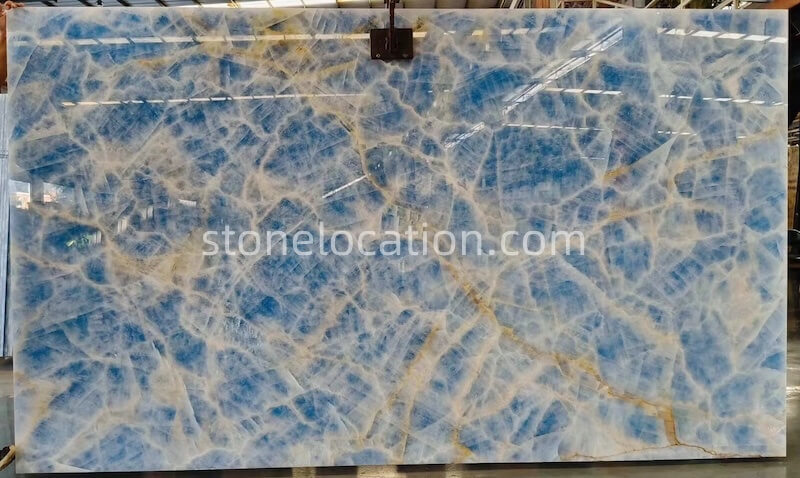
Global Market Distribution
Onyx is most commonly found in countries like Iran, Pakistan, Mexico, and Brazil. Iranian onyx is particularly well-known for its vibrant colors and translucency. Mexican onyx, especially varieties such as Onyx Green, has become increasingly popular for interior applications.
Popular Applications
Onyx is primarily used in decorative and luxury applications:
- Backlit Surfaces: Due to its translucent nature, onyx is often used for backlit walls, countertops, and panels, creating a glowing effect.
- Countertops and Vanities: While it is not as durable as granite or quartzite, onyx is sometimes used for bathroom vanities and luxury countertops.
- Sculpture: Onyx is often used in fine art and sculpture, thanks to its smooth texture and wide range of vibrant colors.
Industry Trends
Onyx continues to be sought after for its unique aesthetic appeal, especially in high-end luxury projects. It is often used in upscale hotels, spas, and residential designs where its translucence and rich colors can be highlighted.
5. Global Processing Hubs for Natural Stone
The natural stone industry relies on a network of processing hubs that specialize in cutting, polishing, and finishing raw stone materials into high-quality products. These hubs are strategically located near major quarries or in regions with advanced processing technologies and skilled labor.
China: The Global Processing Hub
China, particularly the Shuitou region in Fujian Province, is the largest stone processing hub in the world. With a vast array of imported and domestic raw materials, China processes and exports stone products to every corner of the globe. Chinese factories are known for their efficiency, cost-effectiveness, and ability to handle large volumes of orders.
Italy: The Pioneer of Stone Processing
Italy has long been recognized as a global leader in stone processing, with regions like Carrara specializing in marble production. Italian machinery and techniques set the industry standard for precision cutting and polishing, and their designs often dictate global trends. Italy focuses on high-end stones like Carrara and Calacatta marble, which are exported worldwide for luxury projects.
Brazil: Expertise in Granite and Quartzite
Brazil is renowned for its abundant granite and quartzite reserves. Processing centers in Espírito Santo and Minas Gerais utilize advanced machinery to produce slabs and cut-to-size materials. Brazilian stones like Taj Mahal Quartzite and Black Galaxy Granite are sought after globally for their quality and aesthetic appeal.
India: The Granite Hub
India is a significant player in granite processing, with hubs in Rajasthan and Tamil Nadu. The country exports large quantities of polished granite slabs to North America, Europe, and the Middle East. Indian granite varieties, such as Absolute Black and Kashmir White, are known for their durability and affordability.
Turkey: A Marble Powerhouse
Turkey is a key exporter of marble, with major processing centers located near quarries in regions like Afyon and Denizli. Turkish marble, such as Crema Marfil and Travertine, is highly valued in Europe, Asia, and the Middle East. The country’s processing facilities focus on producing competitively priced, high-quality materials.
6. Sustainability and Innovation in Natural Stone
Environmental concerns are shaping the future of the natural stone industry. Quarrying and processing have traditionally been energy-intensive, but advances in technology are reducing the carbon footprint. Recycling and repurposing stone offcuts, employing water recycling systems in processing plants, and utilizing sustainable quarrying practices are steps toward a more eco-friendly industry.
Additionally, designers and consumers are gravitating toward materials that offer longevity, reducing the need for frequent replacements and minimizing waste. This trend underscores the enduring value of natural stones, which, with proper care, can last for generations.
Future Outlook
The global natural stone market is expected to grow steadily, driven by urbanization, increasing disposable incomes, and a rising demand for luxurious and sustainable materials. Countries like China, India, Brazil, and Turkey will continue to play significant roles as suppliers, while processing hubs like Italy set the benchmark for quality and innovation.
Moreover, the integration of digital technologies, such as 3D imaging for stone selection and precision machinery for custom designs, will further enhance the customer experience and expand possibilities in design.
As the natural stone industry evolves, it remains rooted in its legacy of combining beauty, durability, and functionality. Whether it’s a meticulously carved marble statue, a resilient granite countertop, a dazzling quartzite feature wall, or an ethereal onyx panel, natural stones will continue to inspire and elevate spaces, standing as a testament to nature’s artistry.
This blend of heritage and innovation ensures that natural stones will remain integral to the construction and design industries, meeting the needs of traditional and modern projects alike.
Conclusion: Navigating the Natural Stone Landscape
Natural stones such as marble, granite, quartzite, and onyx offer unique properties that cater to a wide variety of applications, from luxury residential projects to large-scale commercial installations. Marble and granite remain the most popular choices for countertops, flooring, and exterior applications due to their durability and versatility, while quartzite has emerged as a strong contender due to its combination of beauty and strength. Onyx, though less durable, remains highly valued for its aesthetic appeal in luxury applications.
